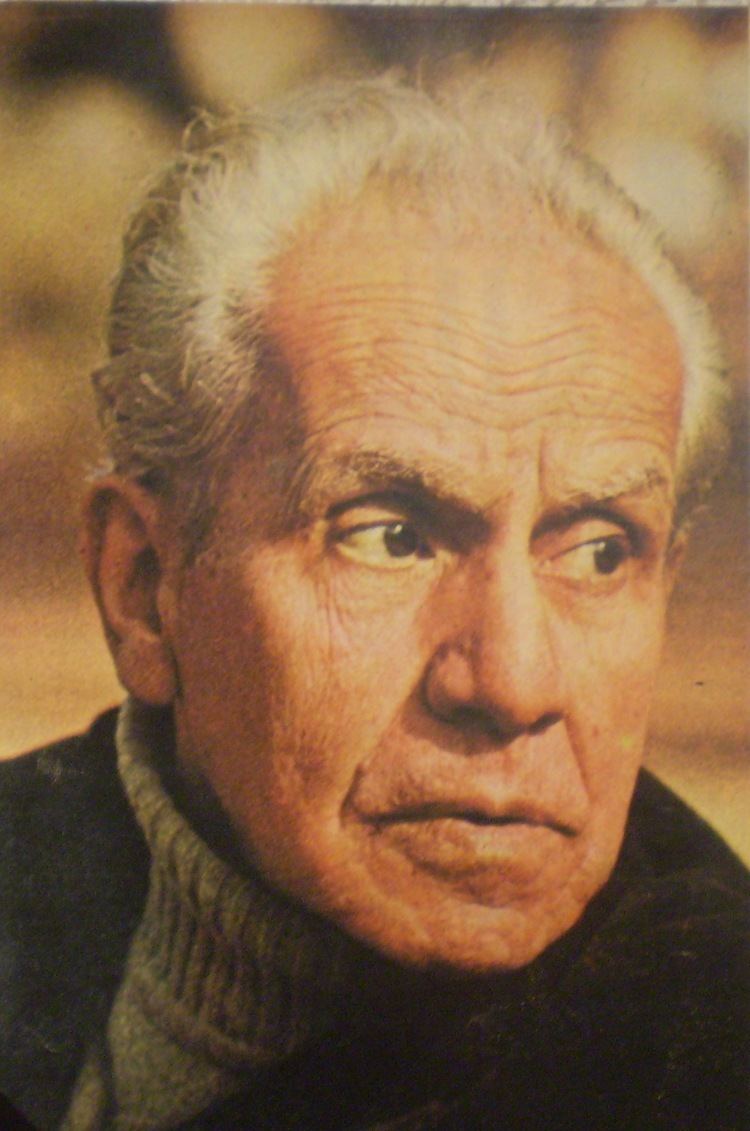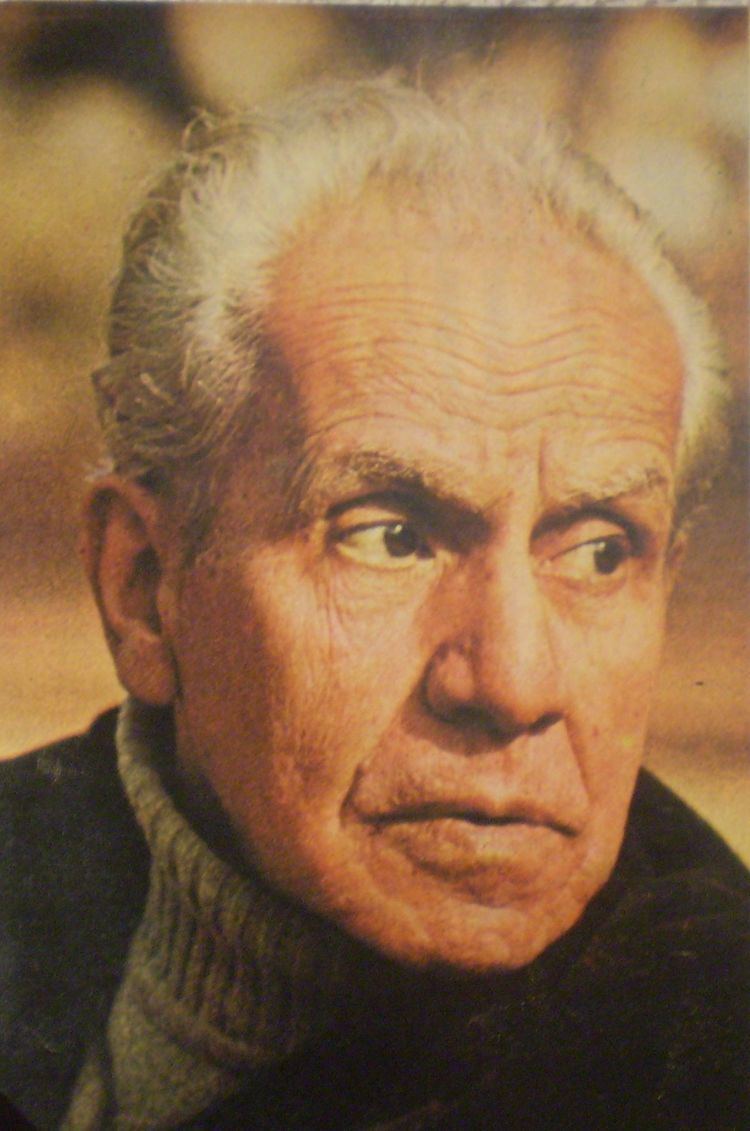Name Juan Paz Role Composer | Movies Invasion | |
 | ||
Music director The House of the Angel, The Party Is Over Similar People Hugo Santiago, Leopoldo Torre Nilsson, Vincent d'Indy, Beatriz Guido | ||
Education Schola Cantorum de Paris | ||
Juan carlos paz continuidad 1960 1960
Juan Carlos Paz (5 August 1897 – 26 August 1972) was an Argentine composer and music theorist.
Contents

Paz was born in Buenos Aires, either in 1897 (Corrado 1999–2002) or in 1901 (Salgado 2001), where he studied piano with Roberto Nery and composition with Constantino Gaito and Eduardo Fornarini. He also studied organ with Jules Beyer, and then travelled to Paris to work with Vincent d'Indy at the Schola Cantorum (Salgado 2001).
On 22 October 1929, a shared enthusiasm for new musical developments caused him, together with Juan José Castro and José María Castro, Gilardo Gilardi, and Jacobo Ficher, to form the Grupo renovación, with the aim of promoting the cause of modern music in Argentina. In 1936, Paz left the group to found his own concert series, the Conciertos de la Nueva Música (Slonimsky 1945, 80–81).
Paz was firmly opposed to the folkloristic approach to music that was widespread in Latin America in the 1930s and 1940s (Slonimsky 1945, 97). Opinions differ about his earliest compositional styles. According to one authority, in the 1920s and early 1930s, his music was post-Romantic, with influences from César Franck and Richard Strauss (Salgado 2001); another writer describes this same period (1920–27) as characterized by neoclassical polyphony (Slonimsky 1945, 97). The former author regards Igor Stravinsky's neoclassicism and jazz as Paz's focus in the 1930s, whereas the latter describes his second period (1927–1934) as "marked by atonal melodic idiom and polytonal harmony" (Slonimsky 1945, 97). Both authors agree that in the 1930s he was investing the diverse styles and techniques prevalent worldwide at that time, and particularly Arnold Schoenberg's twelve-tone technique, which Paz introduced to Argentina (Slonimsky 1945, 97; Salgado 2001). He was particularly attracted by Anton Webern's music, and from 1934 adopted twelve-tone writing, which he continued to use until 1950. Though he continued to maintain that Schoenberg's methods deserved to be better-known and understood, publishing in 1954 a book Arnold Schoenberg, o el fin de la era tonal, he abandoned the technique in his own compositions, evolving a new experimental, highly structured idiom. In the mid-1960s, however, he gave up composing altogether (Salgado 2001).
